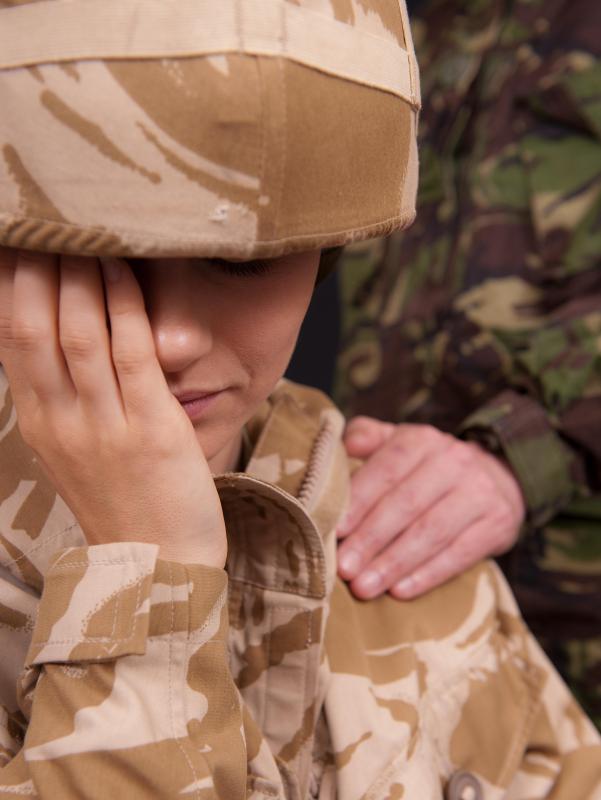At TheHealthBoard, we're committed to delivering accurate, trustworthy information. Our expert-authored content is rigorously fact-checked and sourced from credible authorities. Discover how we uphold the highest standards in providing you with reliable knowledge.
What is Cognitive Behavioral Group Therapy?
Cognitive behavioral group therapy (CBGT) is a type of group therapy used by psychotherapists to modify undesirable behavior in children and adults. Participants are taught how to replace their negative behaviors with positive ones through restructuring the way they think and to face their fears through controlled exposure. In addition to group activities, participants are given exercises or assignments to complete on their own outside of the group setting.
During the course of cognitive behavioral group therapy sessions, participants actively evaluate their own behavior and must acknowledge their negative behaviors. In the group setting, they share their acknowledgments and analyses with others in the group. They are taught to understand the problem behind their negative behaviors and to confront it. Once group members acknowledge and understand their issues, participants work toward learning new ways of thinking and other behavior modification strategies. The group members also act as support for one another as they go through the process of changing thinking patterns and behaviors.

Patients participating in such therapy are often told to keep a journal in which they detail not only the events of their lives but how those events make them feel. They are guided toward facing their fears in an attempt to prove those fears unwarranted, and they may be required through controlled exposure to participate in activities or situations their illness has led them to avoid. Relaxation techniques also are commonly taught to help the patients deal with any related stress.

As new behaviors and ways of thinking are learned and put into practice, undesirable behaviors and thinking patterns are replaced. The specific steps and actions taken to correct the behaviors are predetermined for the group based on the type of therapy. For example, the steps for using cognitive behavioral group therapy to treat negative behaviors stemming from anxiety and phobias will differ from those used to treat negative behaviors stemming from grief and loss.

Cognitive behavioral group therapy methods vary based on the age of the group and the issues being treated. The group therapy technique is adaptable for young children, adolescents and adults, each with the same basic rules and goals in mind. Although the specific methods differ for specific disorders, the basics are the same for treating such things as eating, dissociative and personality disorders; anxiety and phobias; depression; and attention-deficit disorders. Behavior modification for behaviors related to post-traumatic stress disorder (PTSD), sexual abuse, aggression, self-injury and substance abuse are also commonly treated in cognitive behavioral group therapy sessions.

The specific goals and methods used in this type of behavior therapy make it necessary for a group to be specific to age and condition. For example, an adult group focusing on depression will not help an adolescent with an eating disorder. Psychotherapists are the best resource for recommending an appropriate group, though they rarely rely on cognitive behavioral group therapy alone. In most cases, additional treatment is required and may include stabilizing medication, individual therapy sessions and follow-up with private cognitive behavioral therapy.
AS FEATURED ON:
AS FEATURED ON:

















Discuss this Article
Post your comments